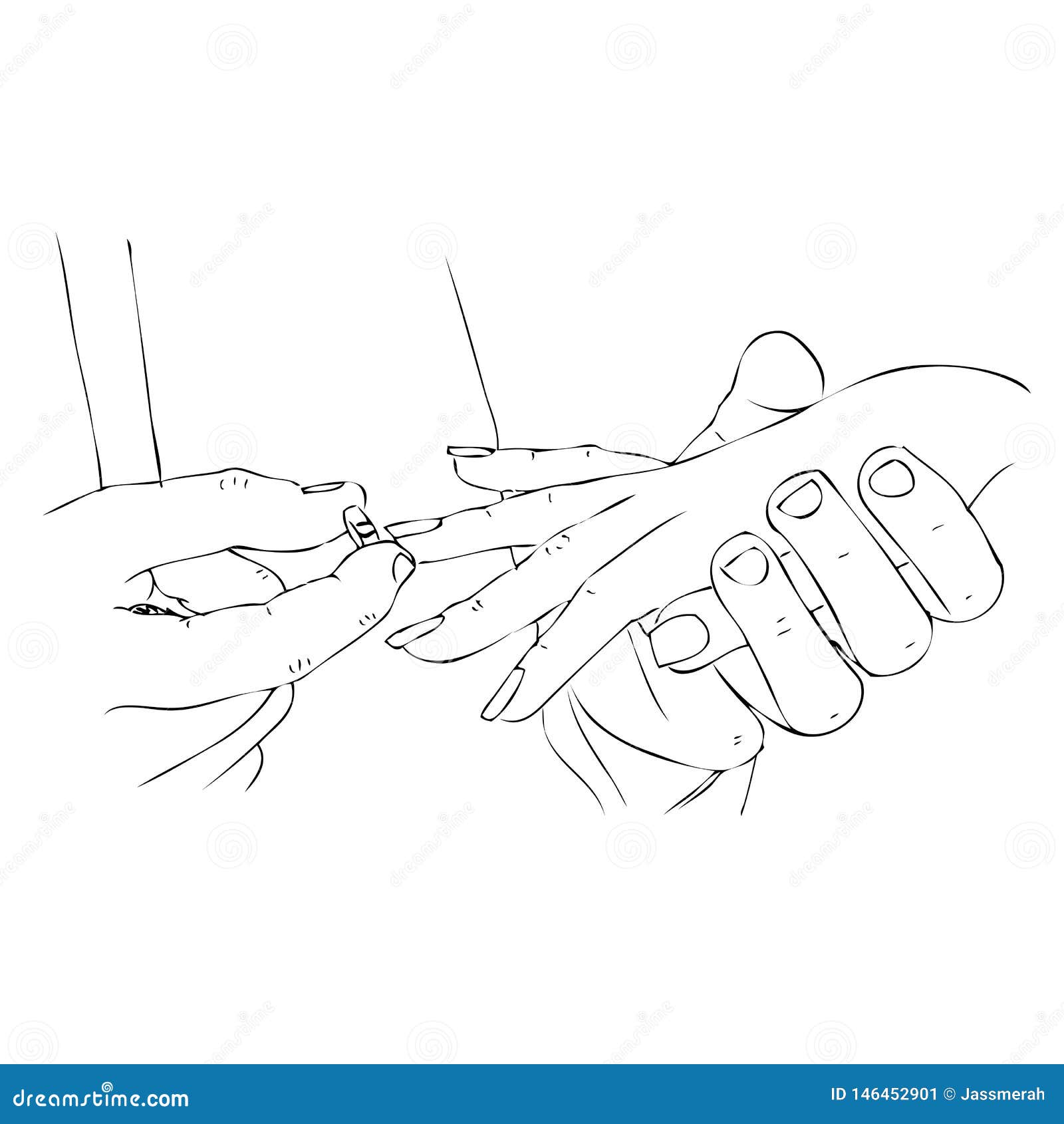

The more complex it is, the more states it has. I draw different page elements, going into detail, and then draw different possible positions of the page elements.Įlements, even the most simple ones, must have a state a button can be pressed and it has a hover text block that may or may not be empty. I find this technique useful when I already have a general idea and I am thinking about a particular page functionality or of the integral parts of interface components. That is why I draw design sketches on paper first, to consider different options and choose a visual design direction. Various visual solutions are considered at an early stage of the project, but it may take a long time to create digital sketches for all of them. This is a rarely used approach, but sometimes it can be helpful. For example, you can focus on “pixel polishing” instead of design. After everything is done on the paper, I start drawing in Sketch.ĭigital tools provide a lot more creative freedom than paper and you can easily shift attention to minor things. Moreover, some aspects will be difficult to describe on paper.Īt this step, I draw all the important details, but I do not yet draw wireframes in Balsamiq. However, this does not mean every single detail. I usually pick promising sketches and go over the details, after which I choose the best variant and work it out in greater detail. Wireframe: Specification, Detailed Phase.My goal is to generate as many ideas as possible and choose the most promising ones. While drawing such sketches, I am also striving to generate as many solution variants as possible.Īt this particular step, incompleteness frees my mind, which is why it is so important to avoid getting bogged down in minutiae at this stage. I draw a lot of basic sketches to consider the problem from different angles and to consider different solutions. I singled out the following sketch types: Good sketches will help you think more clearly, find better solutions, and save time. Your wireframes may differ depending on factors such as the desired level of detail, colors and style, whether you are going to show them to someone, and so on. UX Sketches and Wireframes: Introduction and Classification Step by step, you settle on a few promising variants and proceed to work out the specifics, thus rendering some ideas unsuitable. The main thing is to consider different approaches and to decide which is the most efficient in the context of your task and the various constraints of the project. In the initial step, multiple ideas are generated, but since they cannot be fully shaped, it is not uncommon for some of the elements to be incomplete or missing. Designers consider their options, and then proceed to work out the details, thus making UX design a two-step process:

Many options must be considered in design, which results in the choice and the execution of the best one. Mini-methods designed to boost quality and productivity.Clarifying sketches with notes, annotations, numbers.UX sketching basics, tools, and techniques.Introduction to UX sketches and wireframes.In this post, I intend to cover everything you need to know about UX sketching, including the following points: Sketching is a very efficient way of communicating design while allowing designers to try out a multitude of ideas and iterate them before settling on one. UX sketching is a crucial, yet often overlooked, aspect of user experience design. However, like any complicated problem with no clear solution, a smart process can make all the differences. It feels like hitting a brick wall: None of the ideas you’re able to visualize are good enough, or can’t work in real life.įor designers, the feeling is all too familiar. If you’ve done any sort of serious creative work, you are all too familiar with creative block.


 0 kommentar(er)
0 kommentar(er)
